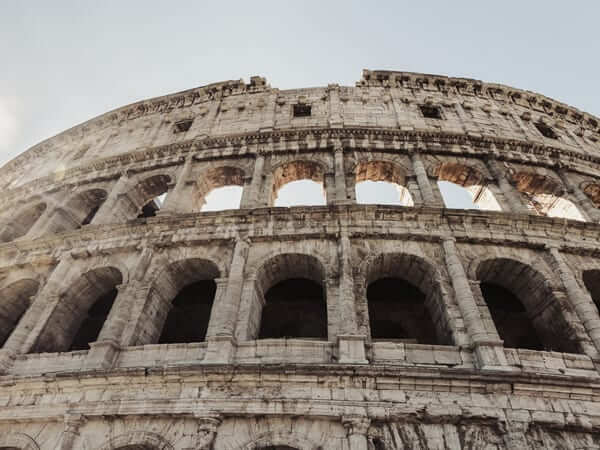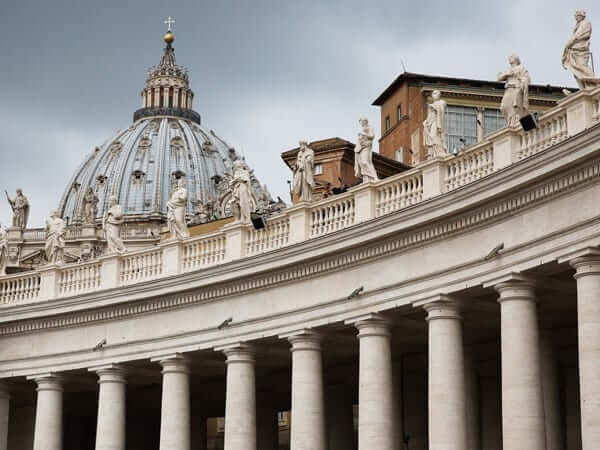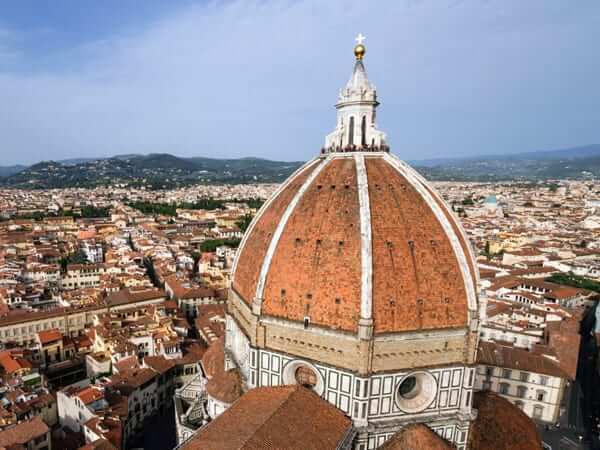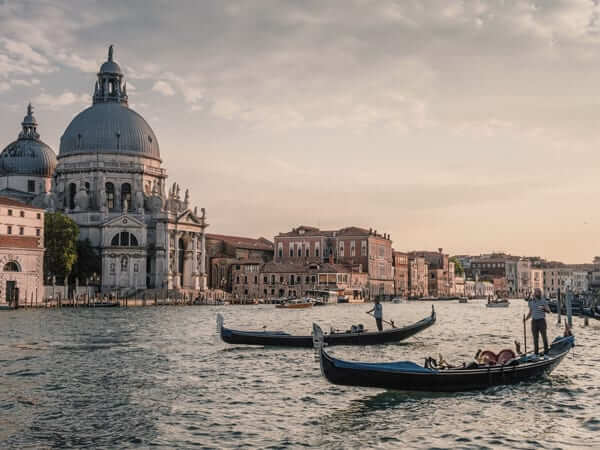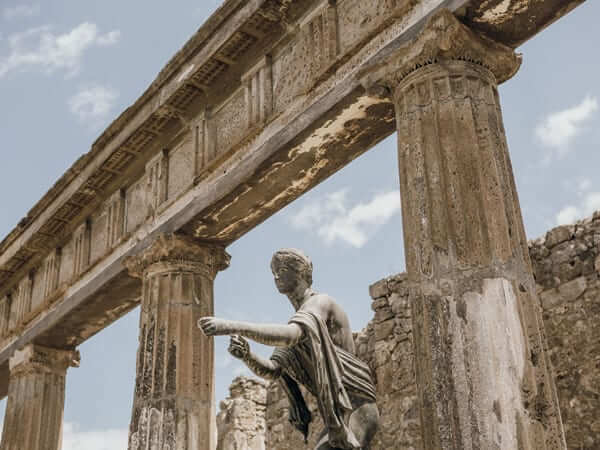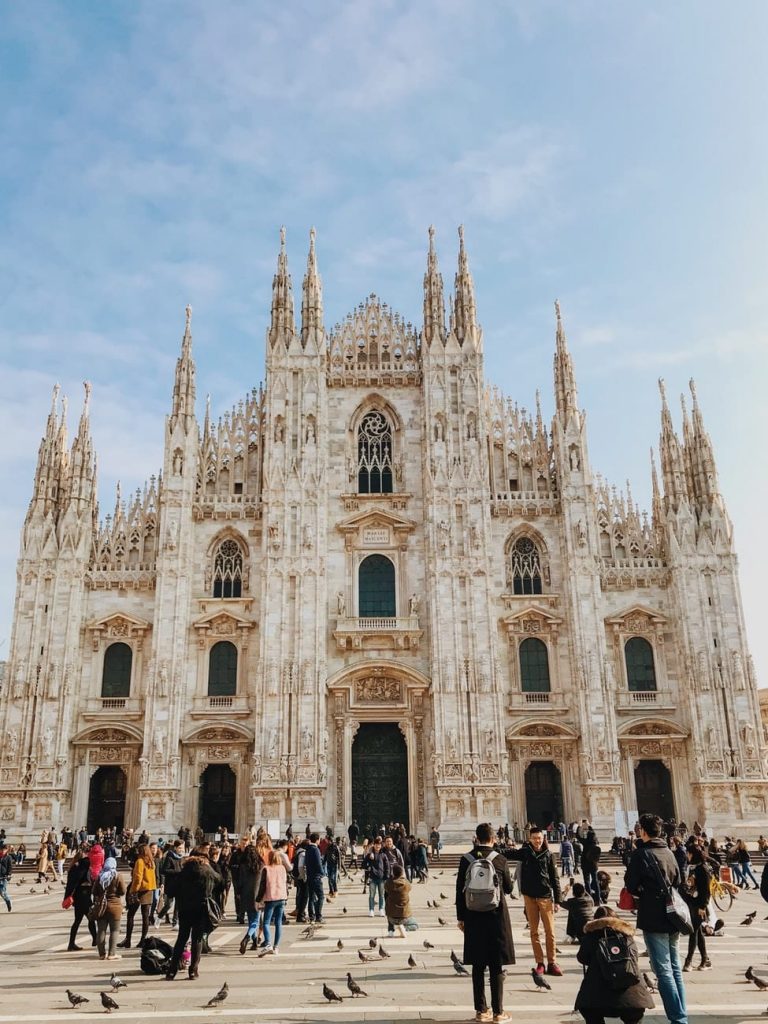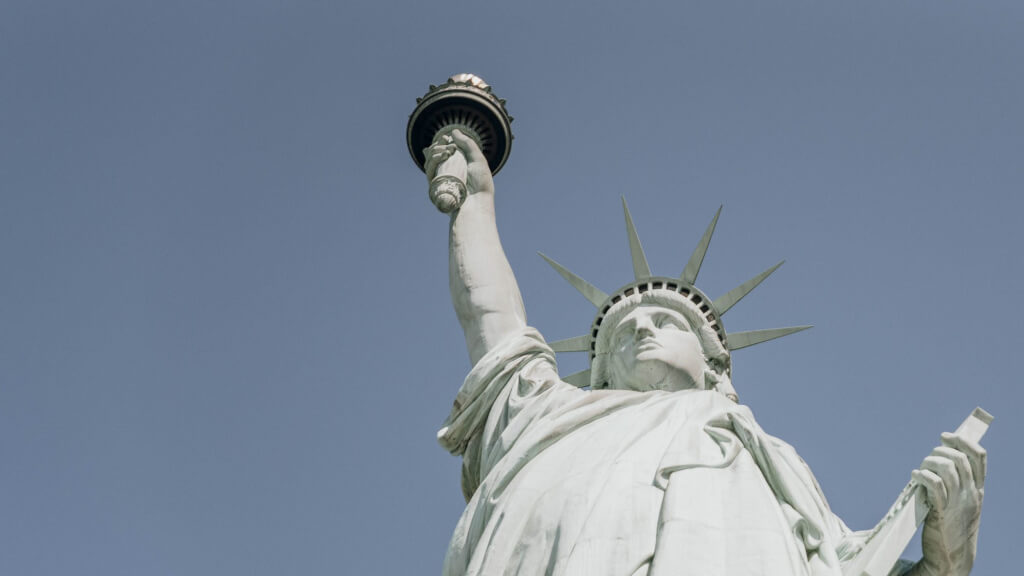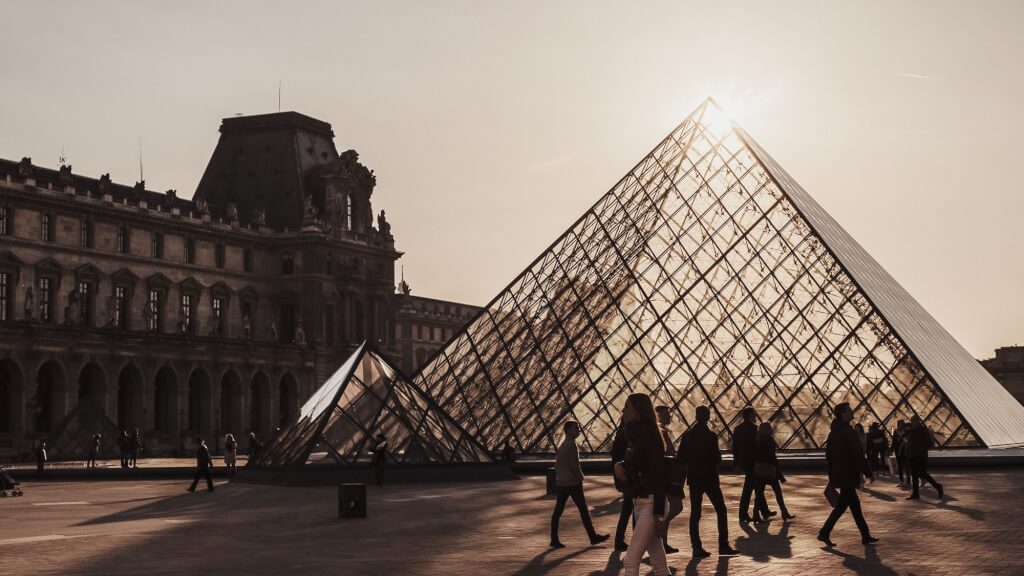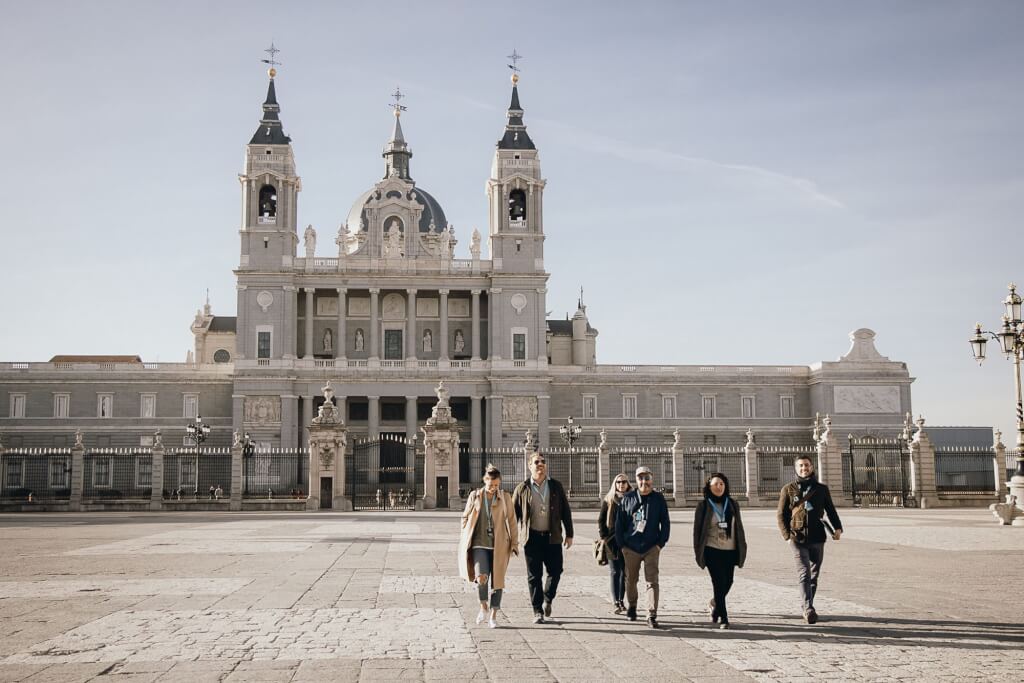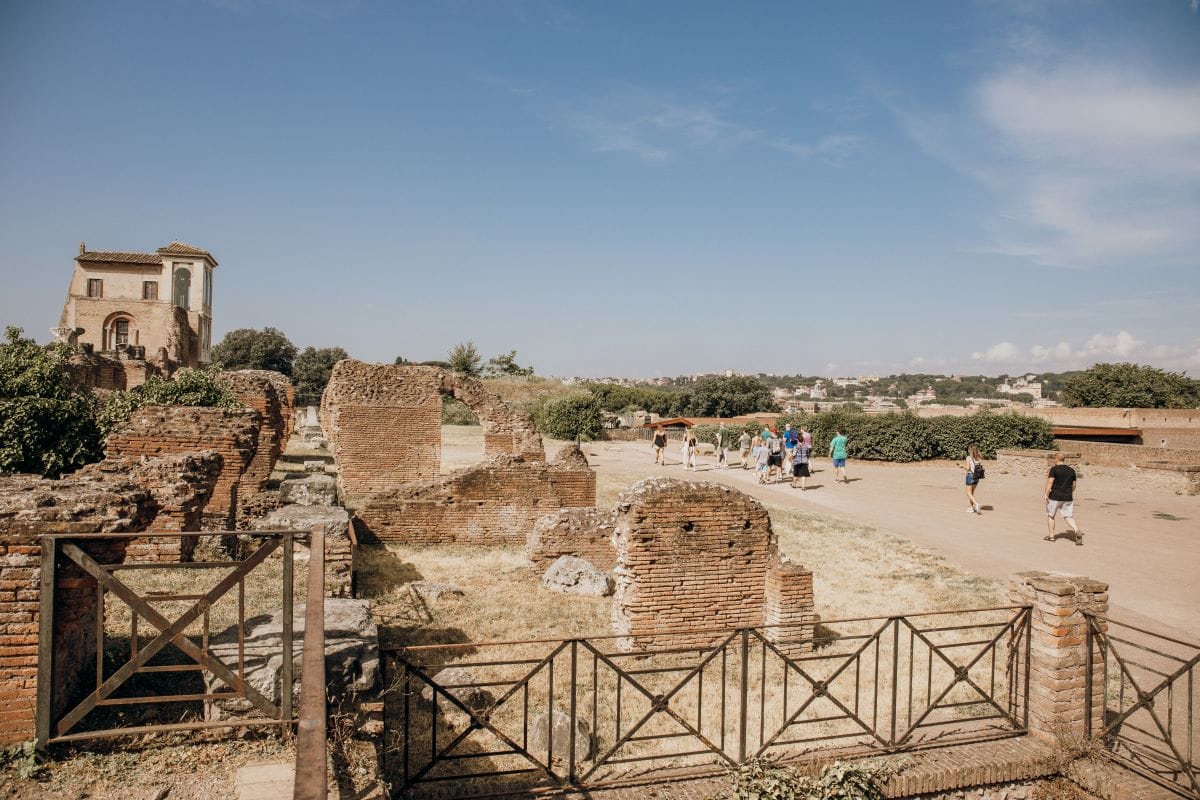
Seven Unique Places in Rome: the Super Sites of Rome You Can’t Miss
May 7, 2025
The sight of a velvet rope and a closed door beckons us. Nearly everyone wants to go beyond the velvet rope, often a message sent to our brains that screams VIPs ONLY, whether it’s a nightclub or an impossible-to-get-into hot restaurant of the moment.
The same is true for Rome’s ancient sites, both then and now. Two millennia ago, there were places where mere plebeians were forbidden to go. Caesar’s Palace—the original one, not the Las Vegas casino—for example, has been off limits to the general public for decades.
But today, these places—called “Super Sites of Rome”—are open to visitors, though still not as easily accessible as some of the more common tourist spots. The “Super” in “Super Sites” stands for Seven Unique Places to Experience in Rome. And these places truly are super, giving visitors a rare chance to experience the past in a way that’s often not available to the general public. One of the best ways to visit these sites is through a VIP Ancient Rome Tour. This special tour not only gives you access to the Colosseum, Roman Forum, and Palatine Hill but also opens the door to places like Caesar’s original palace, rarely accessible to anyone outside of a guided tour. The tour allows you to skip the long lines, providing an enhanced experience without the hassle.
For your next Roman adventure, check out these essential Seven Super Sites of Rome that should be on your list of places to see.
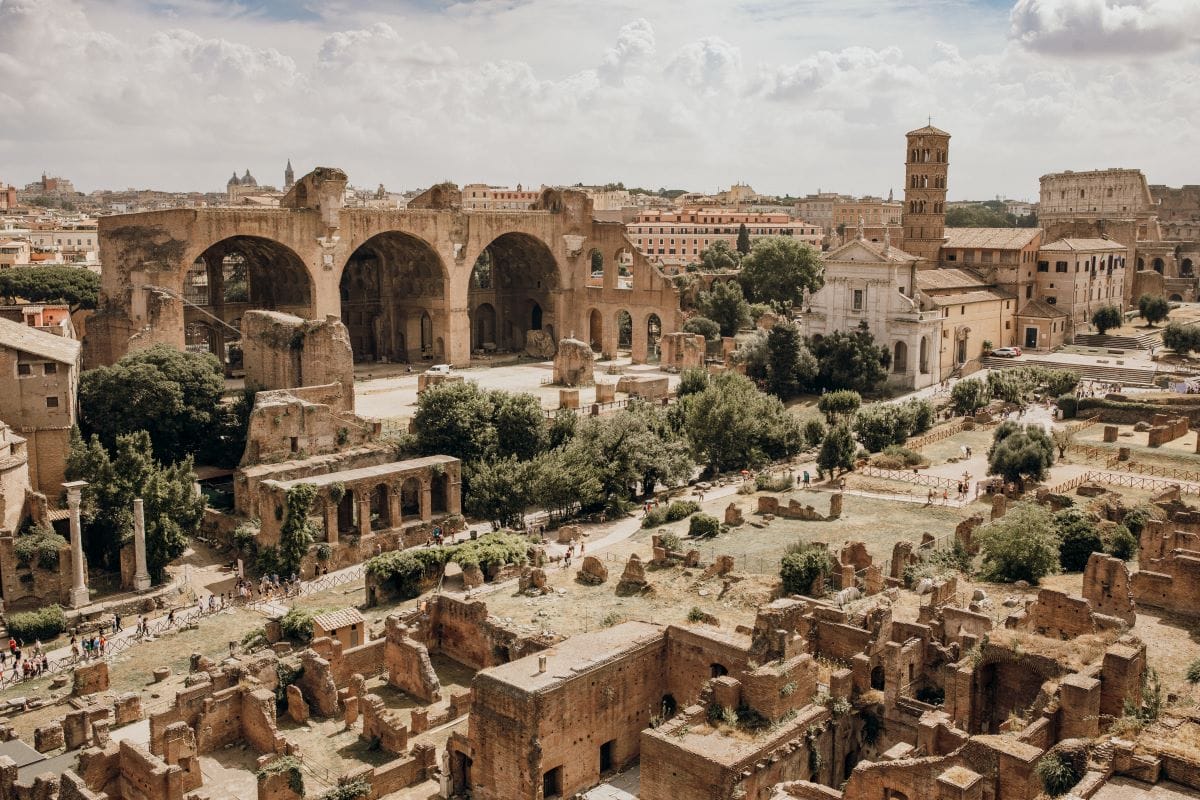
Discover the Super Sites of the Roman Forum as few have ever seen it before.
Table of Contents
ToggleThe House of Augustus
Known as Domus Augusti in the parlance of ancient Rome, the House of Augustus is located on Palatine Hill—the hill where the Roman elite lived in their plus-sized mansions and the name of the hill where we get the English word for “palace.”
It was, in fact, the home of Rome’s first emperor—Emperor Augustus, the grand-nephew of Julius Caesar—who battled Mark Anthony to see who would rule Rome. Augustus won and immediately established himself, as new emperor or Caesar, atop Palatine Hill. This move was an important symbol of a historical transition in the history of Rome—Palatine Hill went from a mere residential area to the center of power in Rome. Visitors will get to marvel at the intricate mosaics detailing the life of the emperor.
The house sits next to the Hut of Romulus, supposedly the modest residence of one of Rome’s founders. This is also symbolically important as it puts Augustus in the sphere of greatness, next to a co-founder of one of the greatest cities in the history of humanity.
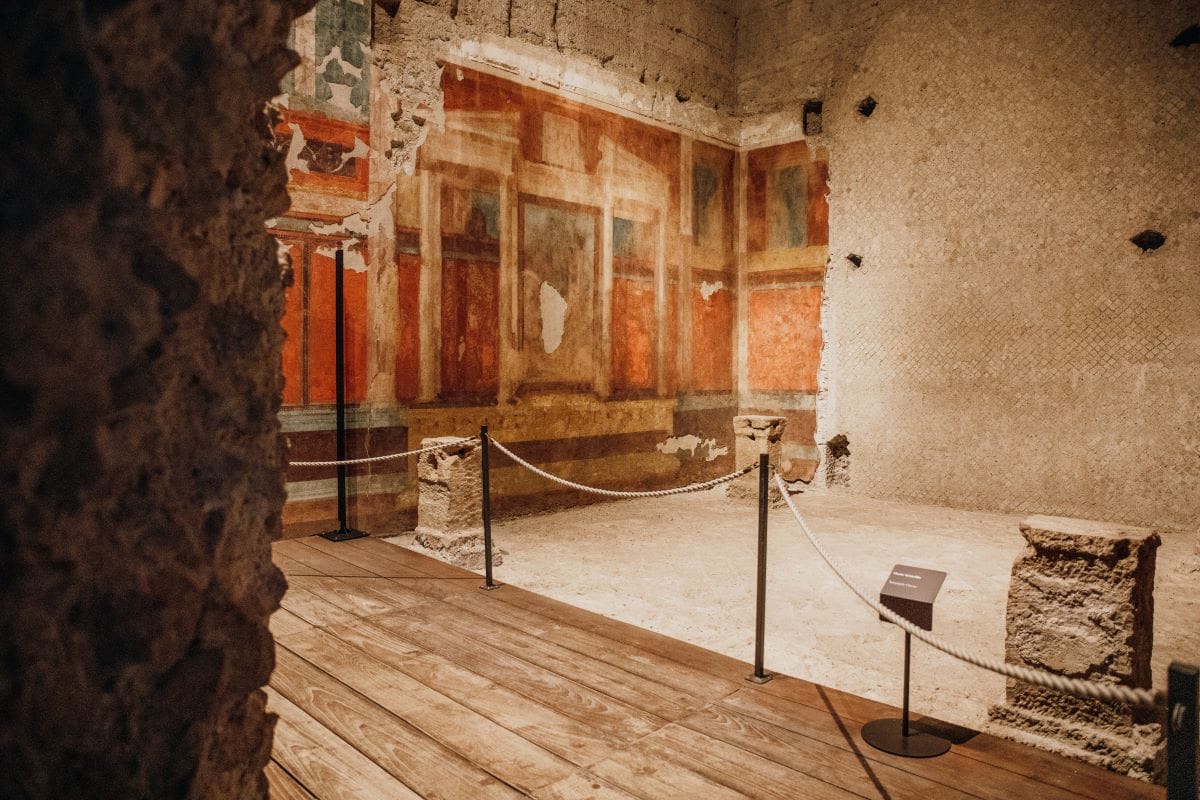
The House of Augustus is filled with colorful frescos that really give you a feel for how opulent the interior spaces were.
Casa de Livia
While Augustus’ original home on Palatine Hill (see above) was relatively modest, he built on Palatine Hill a home for Livia that was extraordinary in its greatness: high ceilings, monumental arches, and marble clad floors—all the design and architecture elements that suggests luxury and and power.
Livia was either Augustus’ third wife or possibly his mistress—it depends on which historian you ask—but whatever the case, Augustus spared no expense in the creation of the House of Livia.
This is where guided tours truly shine, as some of these Super Sites, like the Houses of Livia and Augustus, are only accessible with a guide. Thanks to the remarkable work of archaeologists, these sites have been uncovered and preserved, and now they’re ready for you to experience firsthand.
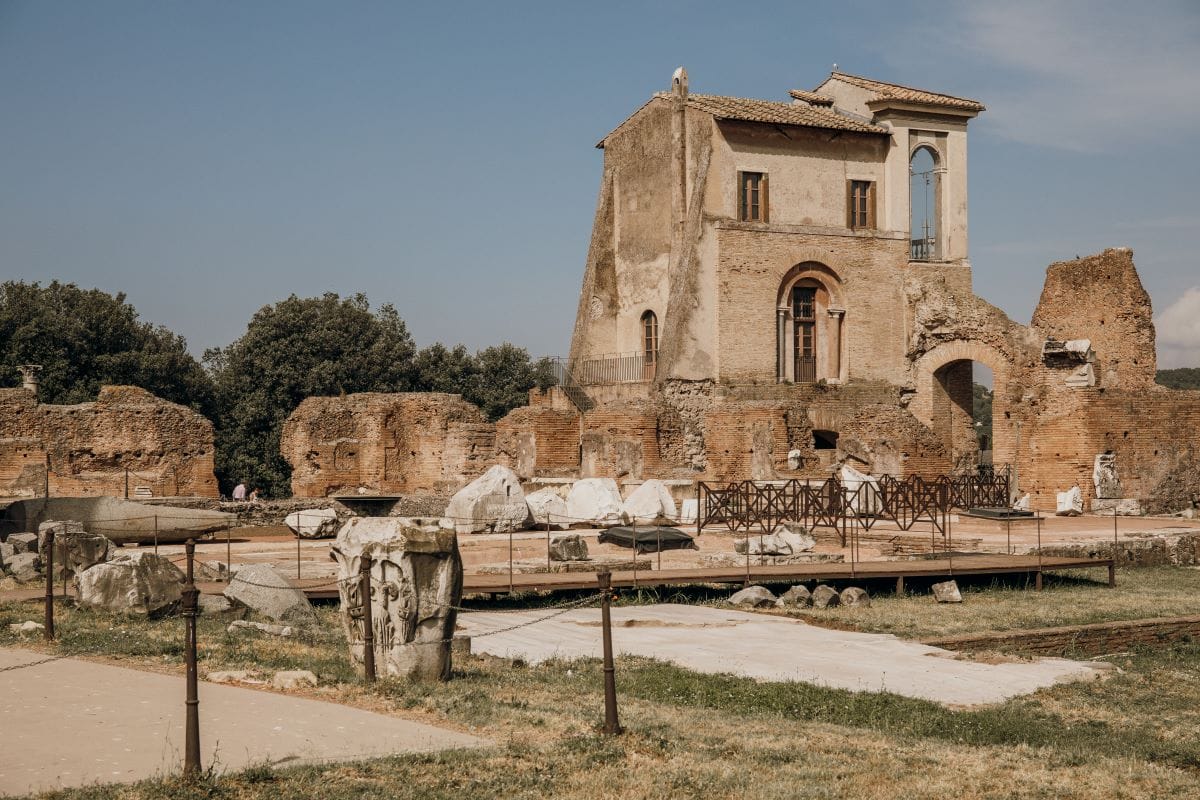
Now that’s a home for a Roman empress.
Insider’s tip: Looking to uncover more of Rome’s hidden gems? Check out our recommendations for exploring 13 Unusual Things to Do In Rome.
Santa Maria Antiqua
Set at the base of Palatine Hill, Santa Maria Antiqua was built in the fifth century, making it the oldest Christian church in the Roman Forum. It also contains the earliest known example of depicting the Virgin Mary as Santa Maria Regina (the Queen Virgin Mary). The partially preserved murals—showing not just Mary but Jesus, as well as popes and saints—have been restored and are a wonder to gaze at with the naked eye. The church is a symbol of the transformation of Rome from pagan to Christian.
Pope John VII used the church as the HQ of the bishop of Rome in the eighth century. About a hundred and forty years later, the church was abandoned after an earthquake left the shrine in partial ruin. From 1980 until 2016 the Santa Maria Antiqua was off limits, as archeologists and preservationists were working on restoring the interior to its former glory as much as possible, which you’ll marvel at—particularly because of the murals, preserved so wonderfully since the church was undiscovered and sealed off for centuries, are pre-Iconoclastic Byzantine and Roman images.
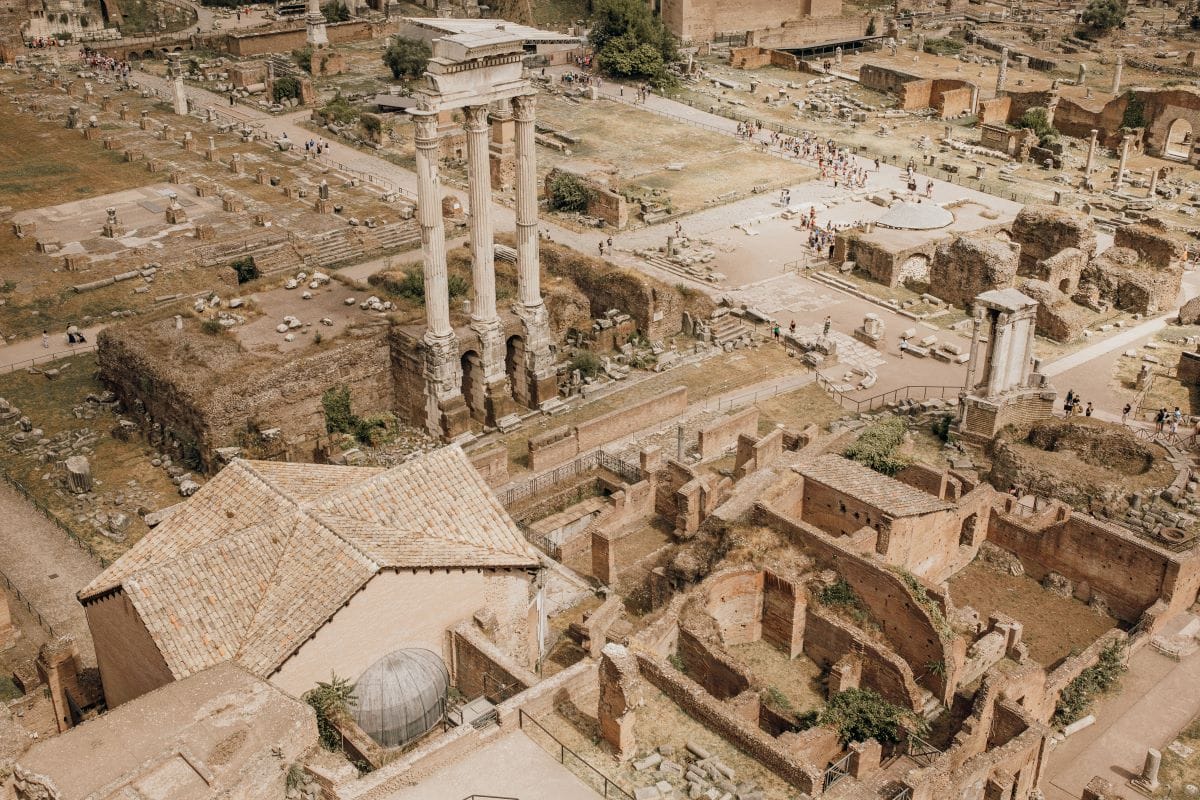
The Santa Maria Antiqua is one of the most revered churches in Rome.
Domus Tiberiana
Set on the northwestern slope of Palatine Hill, Domus Tiberiana was built in the first century AD and was the first real palace constructed on the hill overlooking the Forum. The side of Palatine was favored by the powerful because of its easy access to the action down below.
Historians speculate that, besides Tiberius, a few different Roman emperors have likely resided here, namely Caligula, Claudius, and Nero. And each emperor who took up residence here added to the palace. Archeologists, however, have been challenged to find more clues about Domus Tiberiana since the aristocratic Farnese family built a terrace garden here in the 16th century and wiped out a large swath of the archaeological record. You’ll get to wander inside where there are various relief sculptures and murals on the wall, making the House of Tiberius one of the greatest Roman Forum Super Sites. Only a select handful can visit the Domus Tiberiana each day and your best bet is to do it on an exclusive guided tour of Caesar’s Palace.
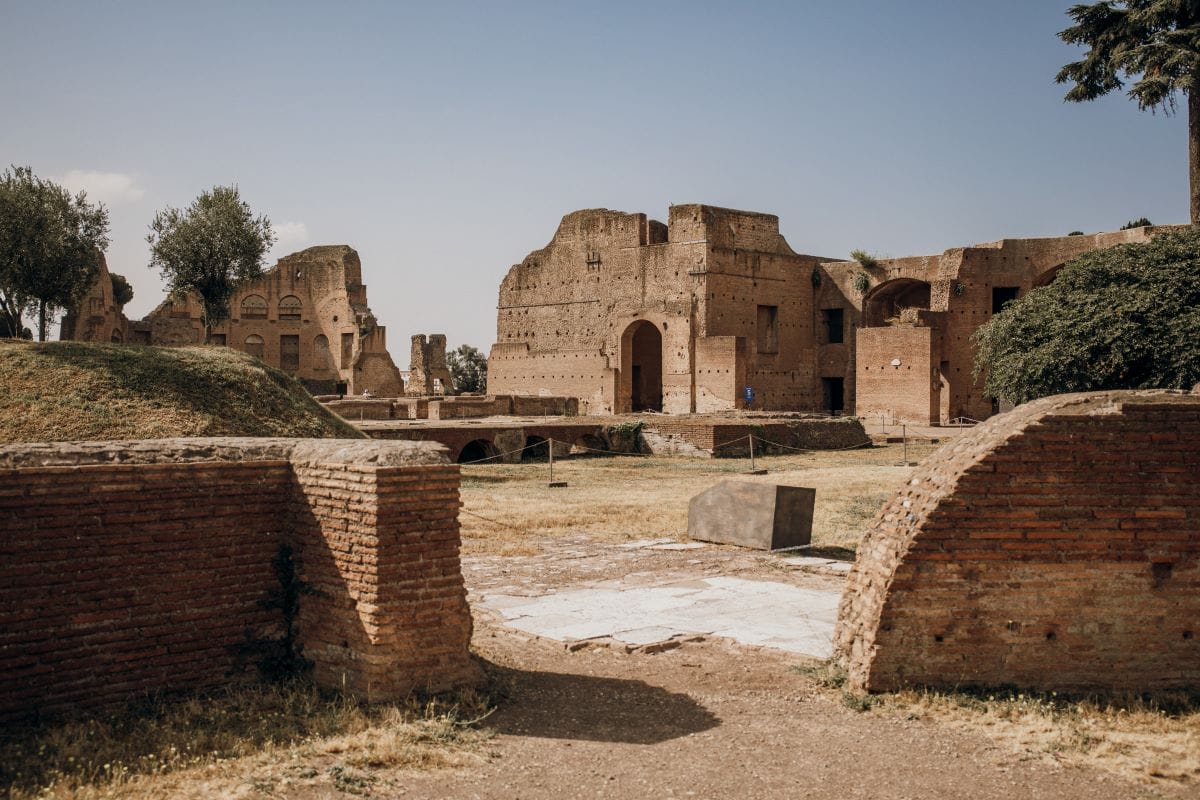
Walking around the ancient ruins of the Super Sites of Rome is truly a mind-blowing experience.
Criptoportico Neroniano
Also known as the Neronian Criptoporticus, this 425-foot (or 130-meter) tunnel is an extension of the Domus Tiberiana. The underground corridor is historically significant as it is the spot where eccentric Emperor Caligula was assassinated. The long hallway was also used by Emperor Nero to walk from Palatine Hill to his lush palace the Domus Aurea. In order to get a feel for what the hallway was like 2,000 years ago, you’ll have to use your imagination, as the walls and ceiling were bedecked with cupids.
Aula Isiaca with the Loggia Mattei
Aula Isiaca is a vaulted hall that was once part of Augustus’ palace. It wasn’t until archeologists discovered it in 1912 that the world got to see this lavishly decorated chamber from around 30 BCE.
An adjoining room is the Loggia Mattei, a room bedecked in colorful wall frescoes that are attributed to the workshop of Baldassare Peruzzi from the 1520s. It’s named for the aristocratic Mattei family who built a palace here in 1561. The frescos represent mythological subject matter such as “Venus between Cupid and the Muses” and the “Wedding of Hercules and Hebe.”
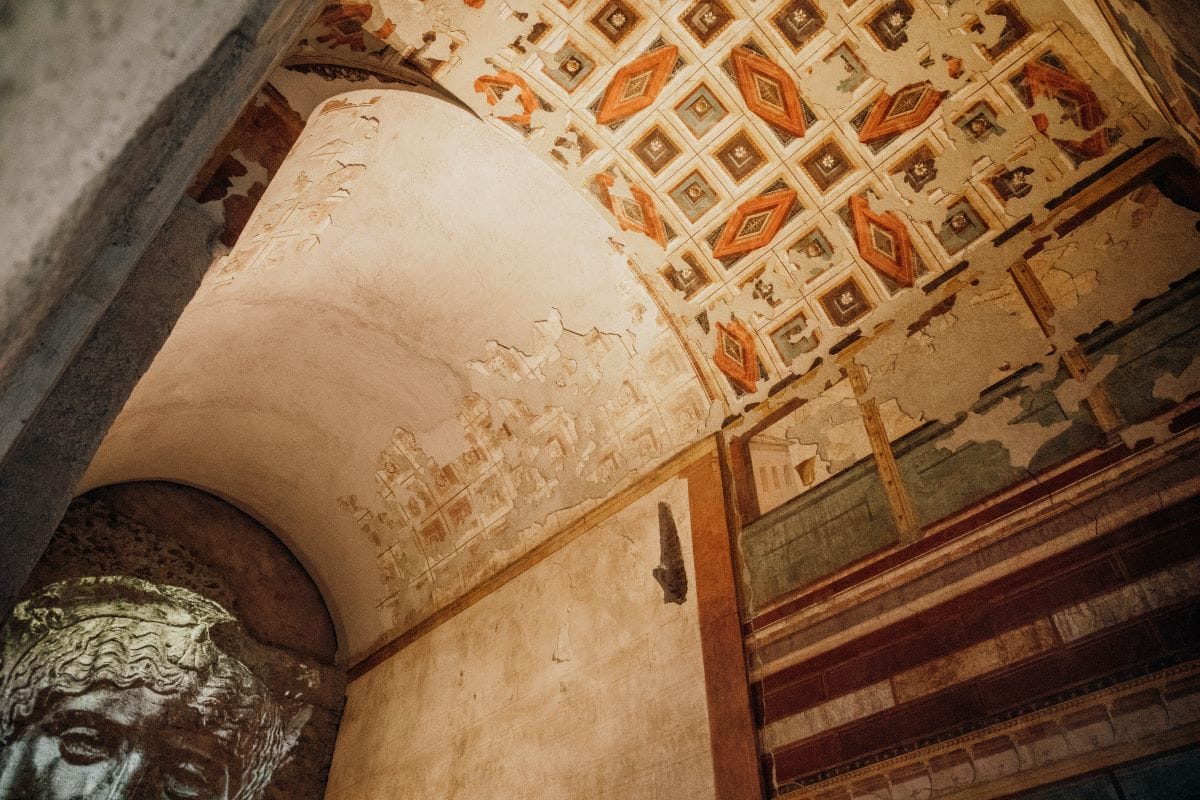
It’s hard to believe these colorful wall frescoes still exist today.
Temple of Romulus
Based on the name of this temple, one would assume it is dedicated to the mythical co-founder of Rome, Romulus. But as the story goes, when Valerius Romulus died at a young age in the year 309 CE, his father, Emperor Maxentius turned an already existing structure into a temple dedicated to Valerius, thus deifying the son of the emperor. The faded murals on the interior walls, a trompe l’oeil that are meant to evoke curtains or an awning, date from the middle of the 13th century. A half a century later, painter Jacopo Torriti added an enthroned Madonna and Child.
Some historians and archaeologists now think this temple might not be dedicated to Rome’s founder or Maxentius’s son after all—it could actually be the Temple of the Penates or even Jupiter Stator.
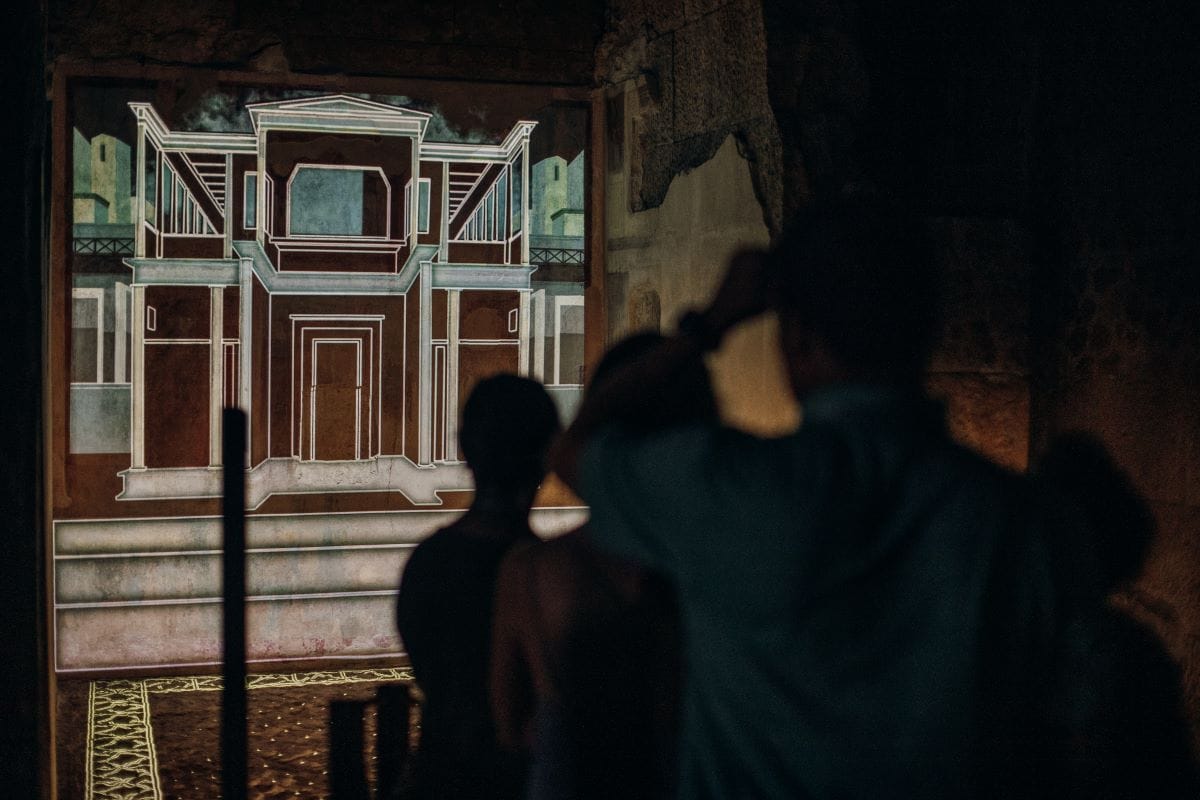
Digitalized images in the interior show how opulent the House of Augustus was in its prime. Just unbelievable!
Take a Tour to the Super Sites of Rome:
Can you imagine the layers of history waiting to be uncovered in places like this? That’s why having an expert guide with you is so valuable—it’s the key to unlocking the fascinating stories hidden within. You’ll also get the rare opportunity to step into the House of Augustus, a site usually closed off to most visitors, giving you a unique glimpse into a place rich with history and significance. Plus, with a guided tour, you can skip the long lines at the Colosseum, making the experience much more relaxed as you explore this majestic symbol of Rome. The small-group setting keeps things intimate, and with an experienced guide, you’ll gain deeper insight into the fascinating details that make these sites unforgettable. It’s the perfect way to immerse yourself in Rome’s past and discover the true stories behind the Roman Super Sites.
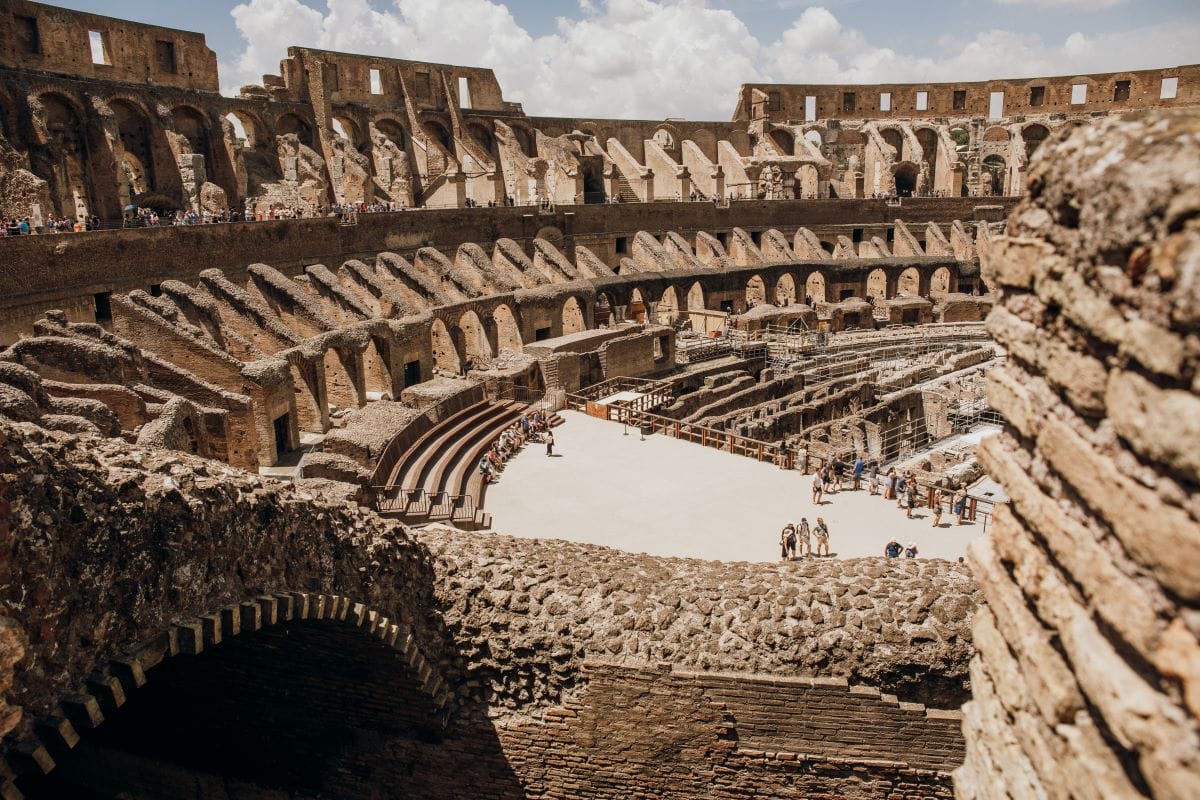
Seeing the interior of the Colosseum away from the hordes of crowds is a great experience.
Super Sites of Rome FAQs
What are the Super Sites of Rome?
House of Augustus, House of Livia, Temple of Romulus, Oratory of the Forty Martyrs, Santa Maria Antiqua, Ramp of Domitian, Palatine Museum, and the Neronian Cryptoporticus all make up the Seven Unique Places to Experience in Rome.
What is the best way to see the Super Sites of Rome?
The best way to see the sites, and learn about their history, is through a tour such as our VIP Ancient Rome Tour: Caesar’s Palace. Here, you’ll gain access to places like Caesar’s original palace and the Santa Maria Antiqua church, typically off-limits to most visitors. You’ll also get a priority pass to enter the Colosseum as part of the tour.
How much does it cost to see the Super Sites of Rome?
The cost varies depending on the ticket type and the attractions you wish to include. A super pass to the Forum runs approximately 20 dollars. In most cases, you’ll want to bundle the sites together in a guided tour so you can see everything and not have to worry about waiting in line after line at each site.
Can I visit the SUPER sites on the free first Sunday of the month?
Some Roman sites are free to visit the first Sunday of the month, but that does not include the Super Sites. You can gain free access to the Roman Forum and Palatine Hill, it does not include entry to SUPER-specific monuments.
How much time should I plan for the SUPER sites?
Plan to spend at least three hours visiting everything. Some sites require timed entry slots so plan accordingly and arrive early.
Just when you think you’ve seen all that Rome has to offer—the Vatican, St. Peter’s Basilica, Trevi Fountain, the Pantheon, etc., turns out there are more amazing Roman sites to see. If you are ready to explore the remarkable Super Sites of Rome, make sure to sign up for our VIP Ancient Rome Tour of Caesar’s Palace. In just under 4 hours, you’ll visit Rome’s most restricted ruins, which have been closed off to tourism for years. Don’t miss out!
by David Farley
View more by David ›Book a Tour
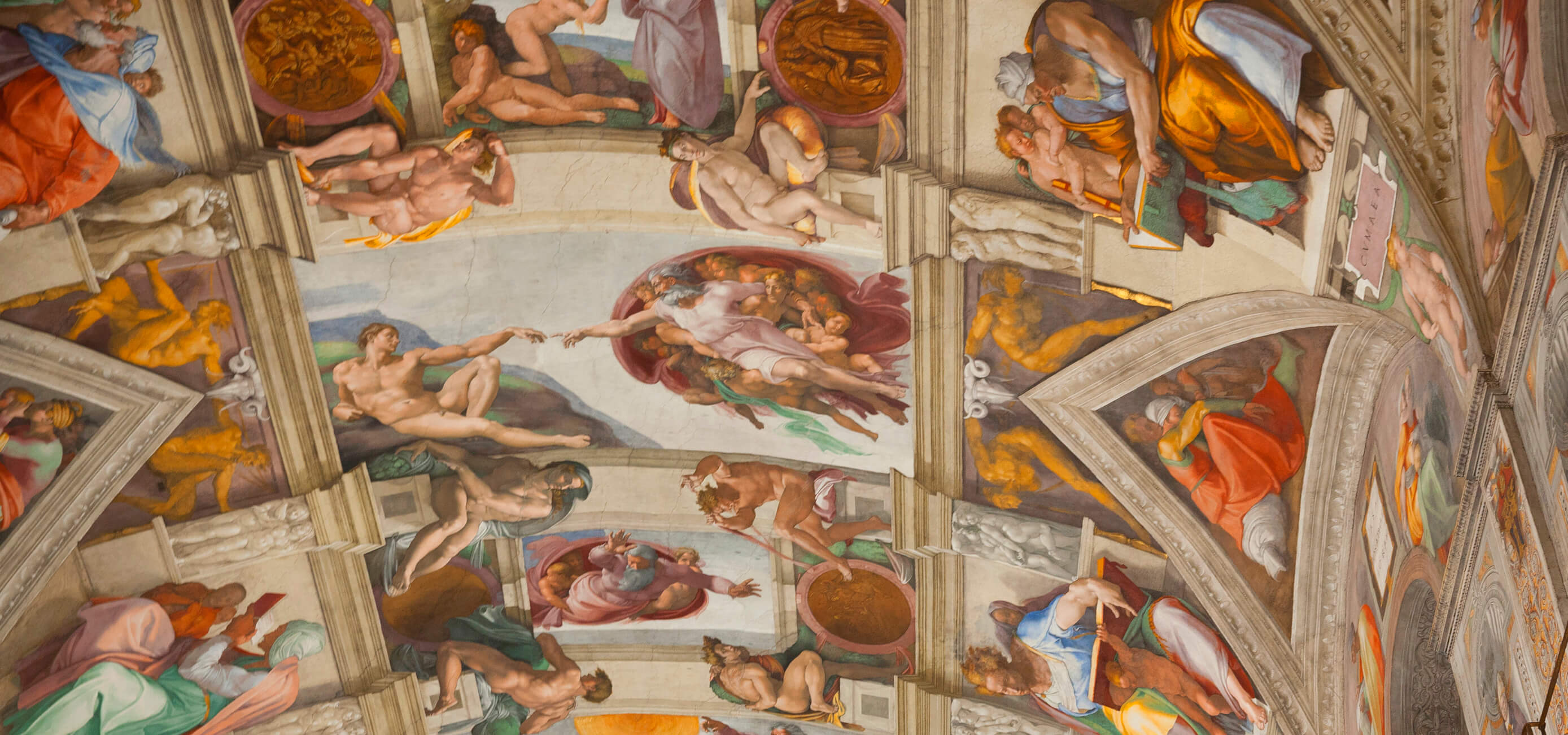
Pristine Sistine - The Chapel at its Best
€89
1794 reviews
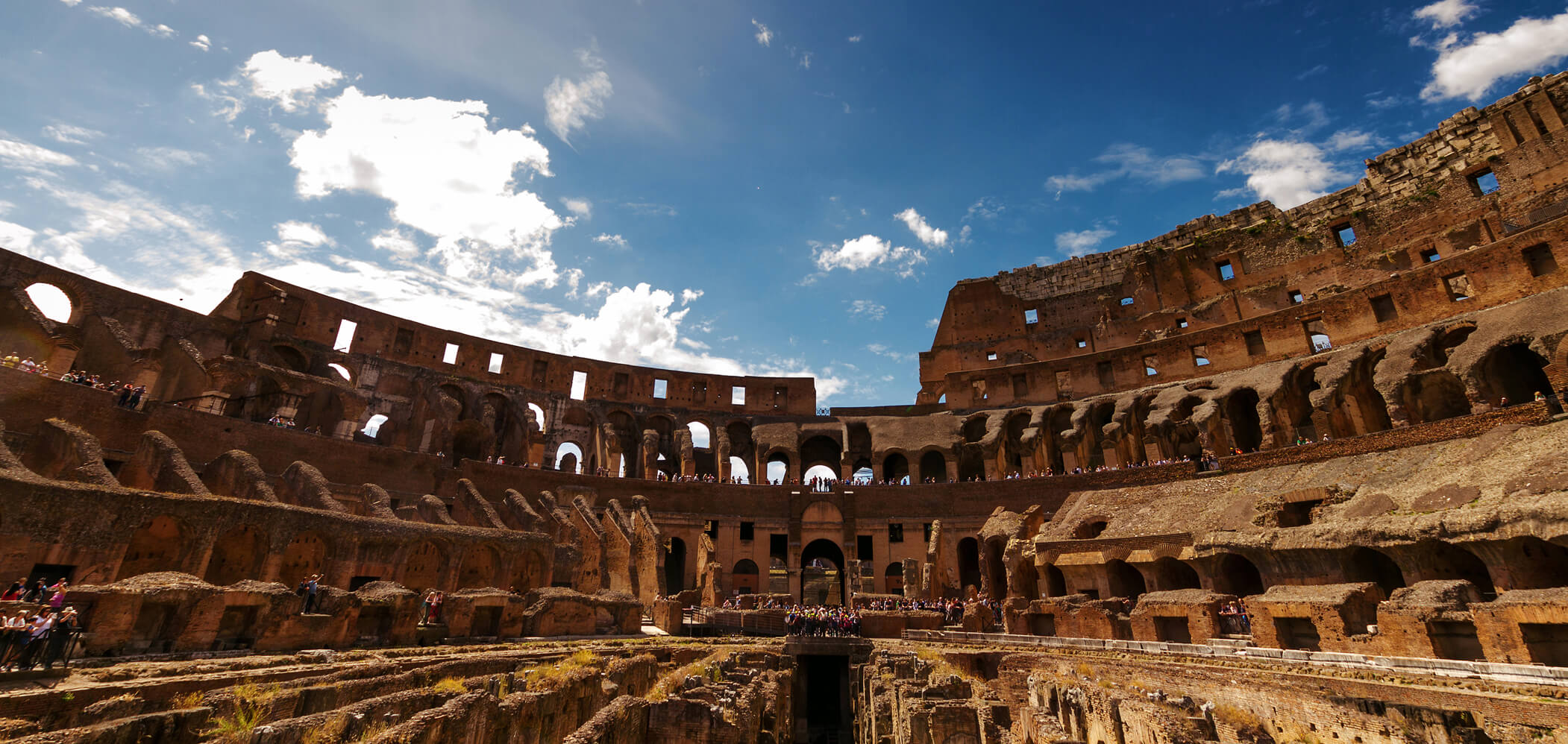
Premium Colosseum Tour with Roman Forum Palatine Hill
€56
850 reviews
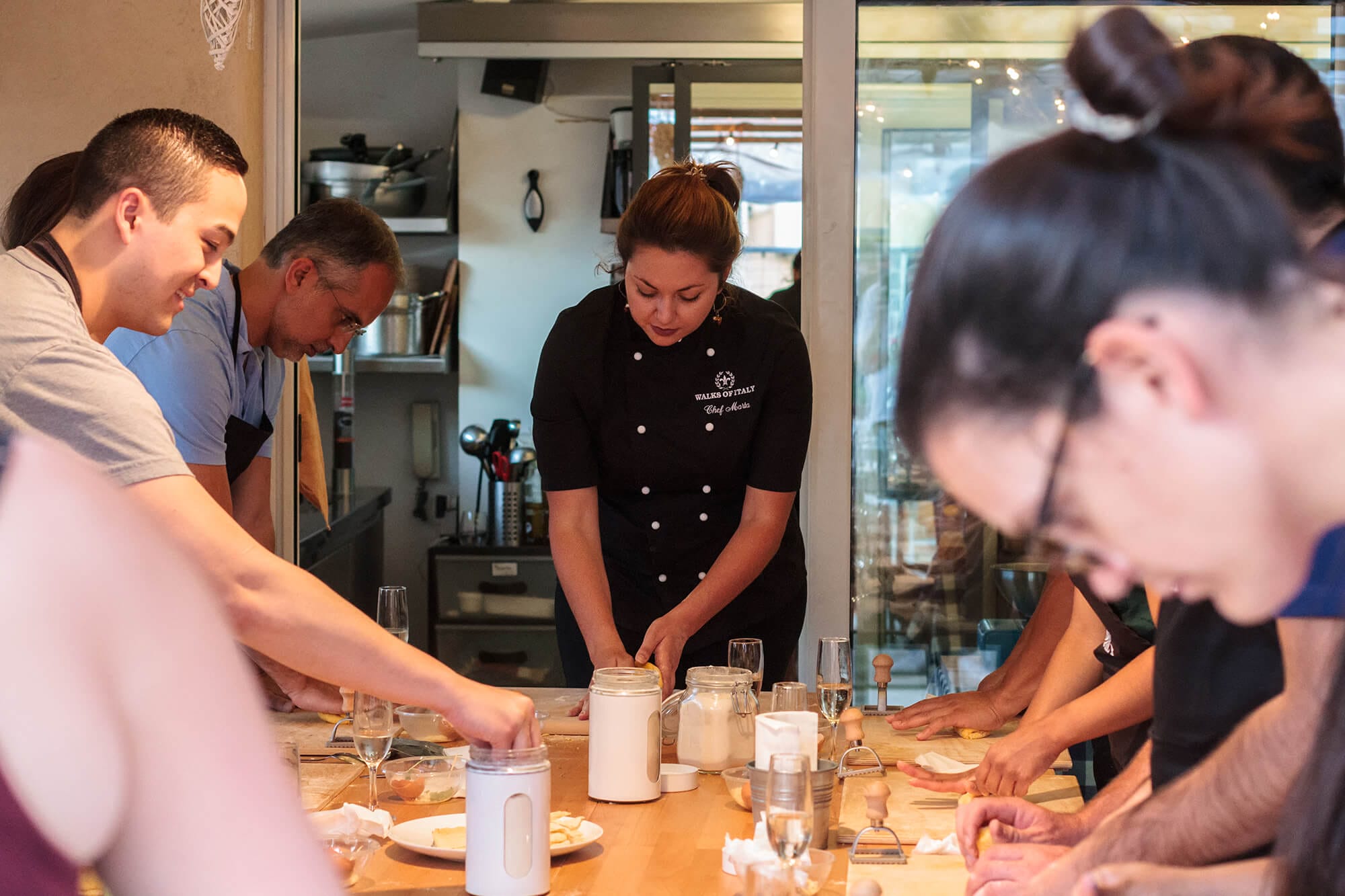
Pasta-Making Class: Cook, Dine Drink Wine with a Local Chef
€64
121 reviews
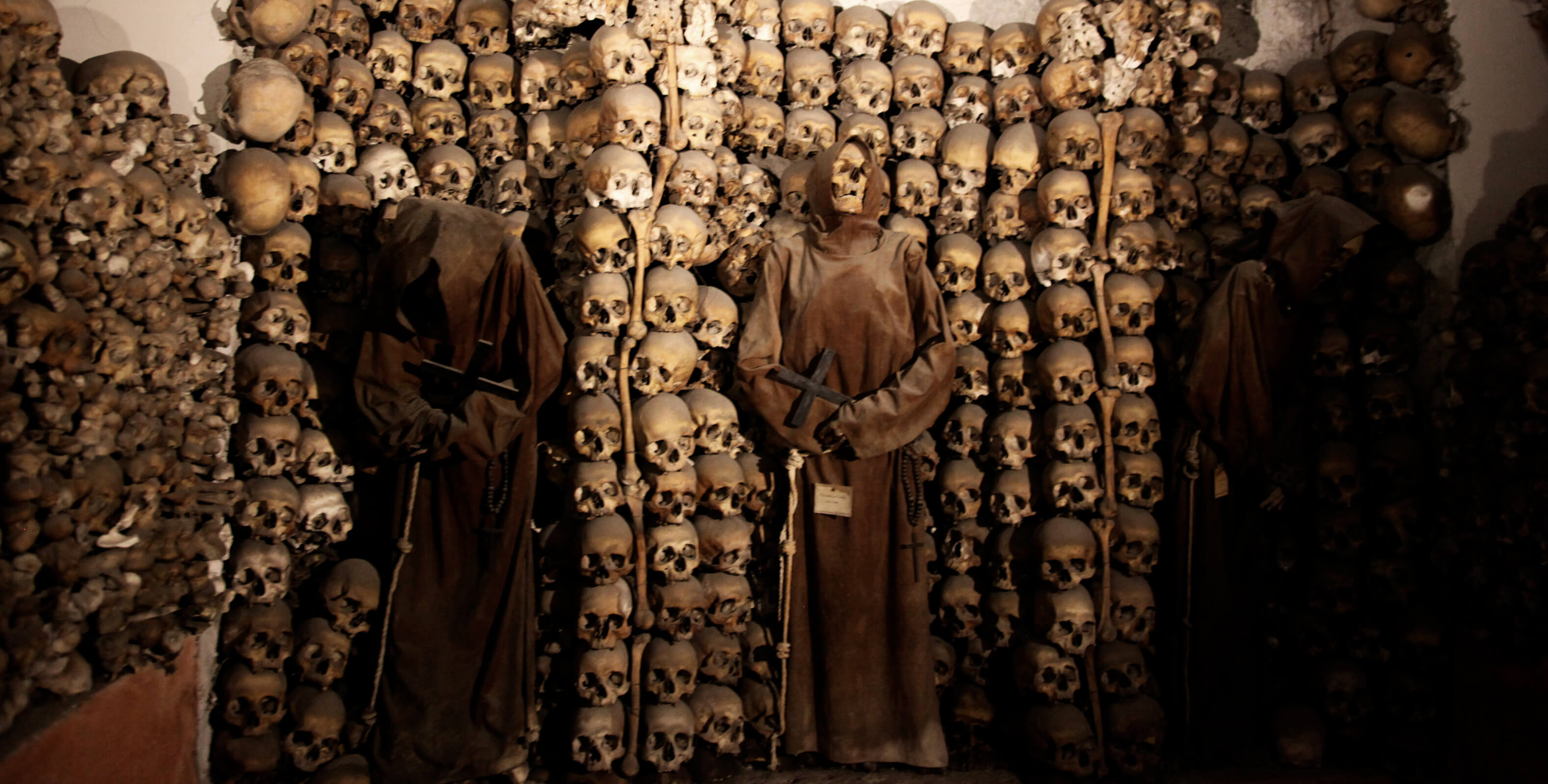
Crypts, Bones Catacombs: Underground Tour of Rome
€69
401 reviews
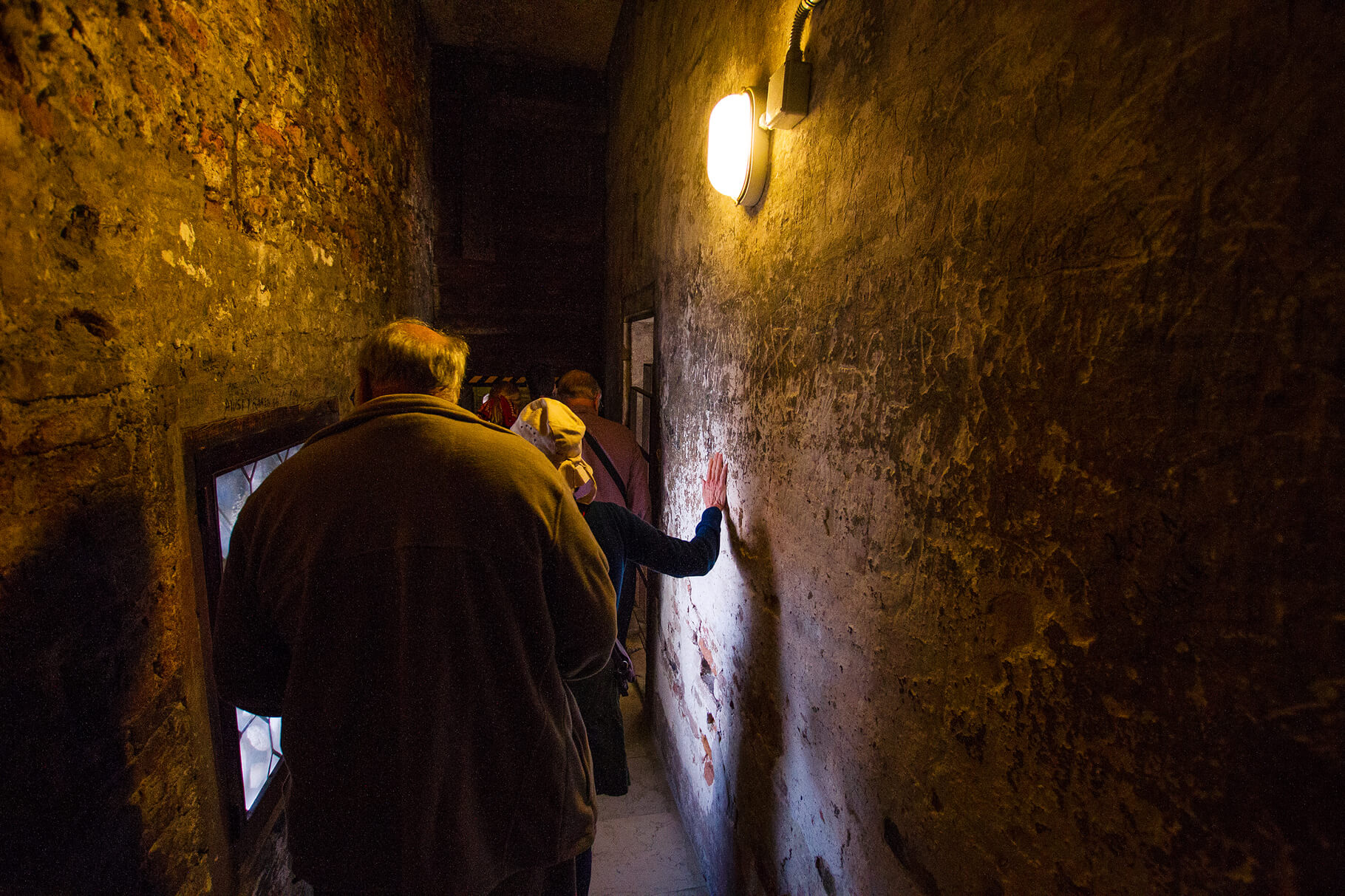
VIP Doge's Palace Secret Passages Tour
€79
18 reviews
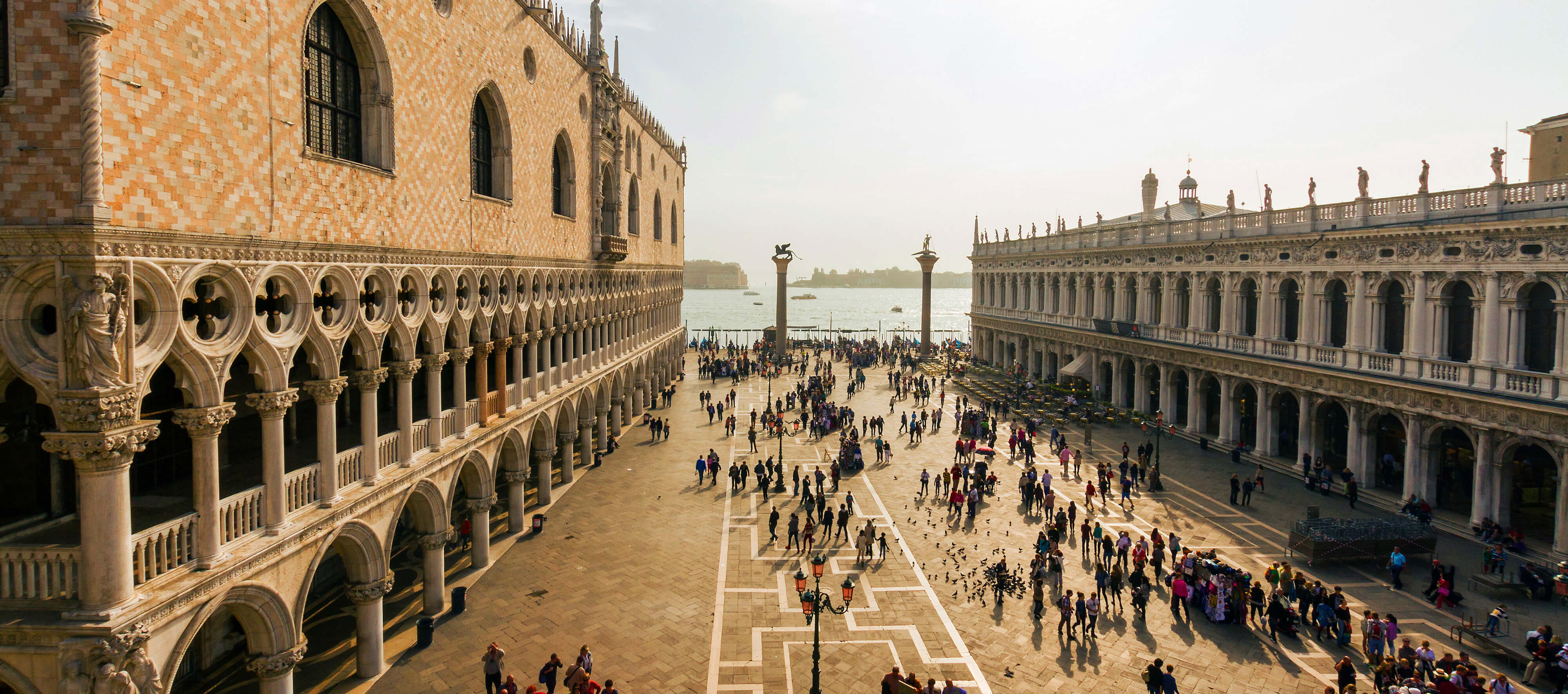
Legendary Venice: St. Mark's Basilica, Terrace Doge's Palace
€69
286 reviews
